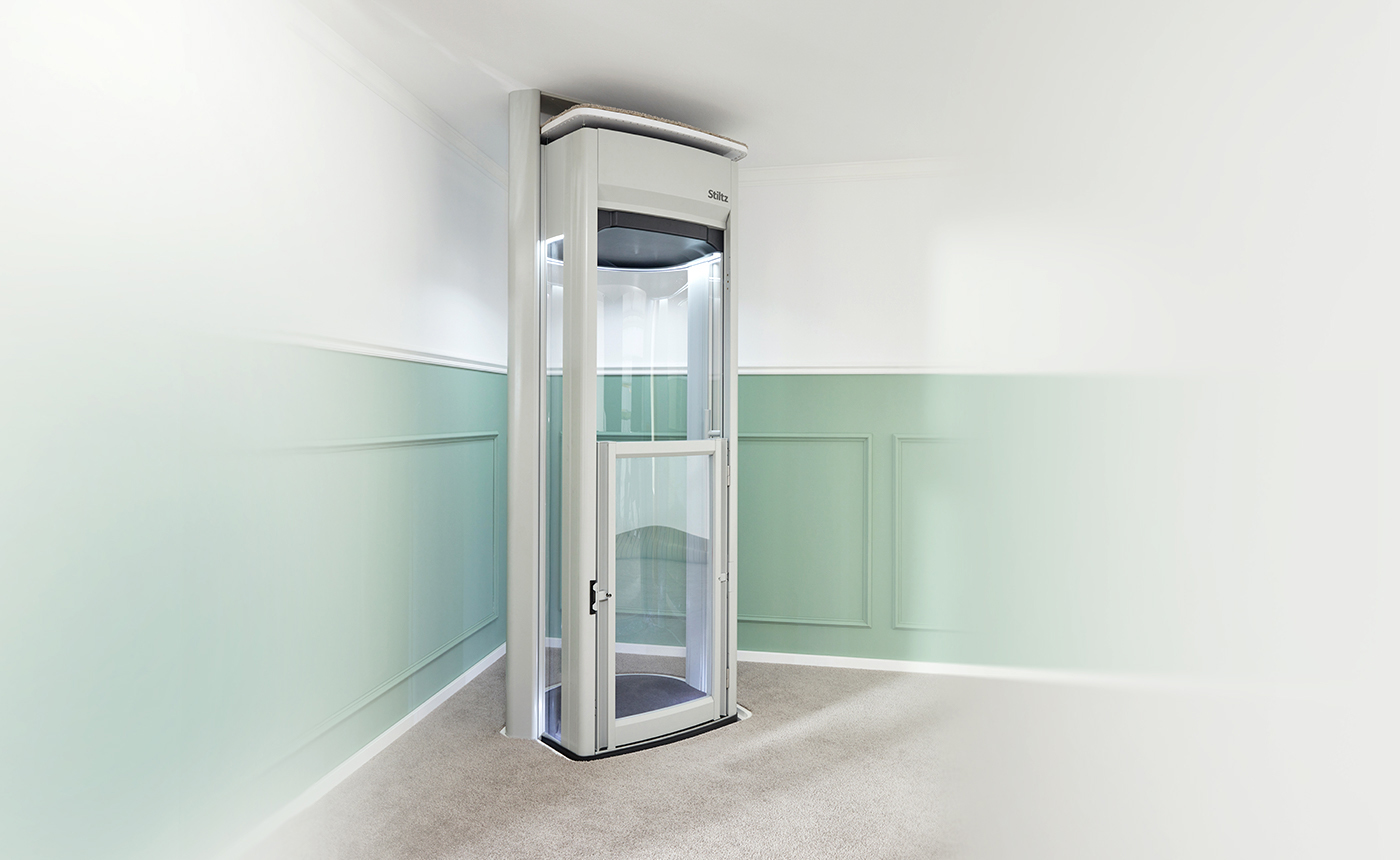London Lift Company: Relied On Specialists for All Your Vertical Transportation Needs
London Lift Company: Relied On Specialists for All Your Vertical Transportation Needs
Blog Article
Diving Into the World of Elevators: Common Concerns Dealt With by Various Lift Mechanisms
As we navigate with the vertical transportation systems of modern-day structures, lifts stand out as an important part of our everyday lives. From hydraulic lifts to traction systems and machine-room-less layouts, each lift kind comes with its set of common problems.
Hydraulic Lifts
Hydraulic elevators, typically liked for low-rise structures, use fluid pressure to manage the motion of the elevator car (lift repair companies). This system includes a hydraulic pump pushing oil into a cyndrical tube, causing the elevator to relocate in the desired instructions. While hydraulic lifts are understood for their smooth and quiet procedure, they do come with their very own collection of common issues
One widespread issue with hydraulic elevators is oil leak. In addition, problems with the control system, such as defective shutoffs or a malfunctioning pump, can trigger disruptions in the lift's movement.
Normal maintenance and punctual repair work are necessary to guarantee the smooth functioning of hydraulic elevators. By dealing with these common problems proactively, building proprietors can reduce downtime and guarantee the safety and efficiency of their vertical transport system.
Traction Elevators
When considering upright transport systems in buildings, another usual kind other than hydraulic elevators is the grip elevator. Grip lifts run utilizing a system of ropes and weights that relocate the elevator automobile by gripping onto the hoist ropes. This mechanism permits smoother and quicker vertical transport contrasted to hydraulic systems.
One of the typical problems dealt with by traction lifts is rope wear. The constant activity of the ropes within the traction system can bring about tear and put on with time, possibly creating the elevator to breakdown or become hazardous for use. Routine examinations and maintenance of the ropes are necessary to guarantee the lift's correct functioning and security.
An additional issue that grip lifts may come across is associated with the control system. Troubles with the control system can bring about issues such as erratic activity, hold-ups in action times, or perhaps complete shutdowns. Normal testing and upkeep of the control system are important to prevent such issues and make sure the elevator's integrity.
Machine-Room-Less (MRL) Elevators

One of the vital elements of MRL elevators is the portable gearless traction equipment that is set up within the hoistway. This equipment successfully drives the elevator auto without the demand for large tools found in standard traction elevators. Furthermore, MRL elevators commonly use a counterweight system to stabilize the cars and truck, more enhancing their energy effectiveness.
In spite of their advantages, MRL lifts may encounter obstacles associated with repair and maintenance as a result of the restricted area for tools installment. Ease of access for servicing components within the shaft can be limited, calling for specialized training for technicians. Correct upkeep timetables and routine examinations are essential to make sure the continued smooth operation of MRL lifts.
Overloading and Weight Limitation Issues
Overwhelming and weight restriction problems are critical worries in elevator procedures. Elevator makers style lifts with particular weight capabilities to ensure traveler safety and equipment durability.
When lifts are overwhelmed, it places too much stress you could try this out on the motor, wires, and other elements, potentially triggering break downs or malfunctions. If they find excess weight, safety devices such as sensors and overload sensing units are in location to read stop lifts from relocating. Furthermore, exceeding weight limitations can result in boosted power intake and wear and tear on the elevator system.
To reduce overwhelming issues, constructing supervisors need to prominently display weight restrictions in elevators and educate occupants on the relevance of sticking to these restrictions - lift repair companies. Regular maintenance checks by certified technicians can additionally assist make sure that lifts are operating within risk-free weight criteria. By dealing with overloading and weight limit issues proactively, structure owners can improve lift safety and performance
Electrical System Failures
Surpassing weight restrictions in elevators can not just bring about mechanical issues but additionally possibly add to electrical system failings within the lift facilities. Electric system failures are a critical concern in elevator procedure, as they can cause unanticipated closures, malfunctions, or perhaps security risks. One common electrical problem is the overheating of elements because of extreme present circulation triggered by overwhelming the elevator beyond its ability. This can result in damage to the electric motor, electrical wiring, or control systems, resulting in pricey fixings and downtime.
Routine maintenance and evaluations are important to identify and attend to prospective electrical issues quickly, guaranteeing the secure and effective operation of lift systems. By sticking to weight limitations and carrying out routine electrical system checks, building proprietors can minimize the threat of electric failings in elevators.
Conclusion

Hydraulic lifts, frequently favored for low-rise buildings, utilize fluid stress to manage the motion of the lift vehicle.When thinking about vertical transportation systems in buildings, an additional common type aside from hydraulic lifts is the grip elevator. Grip lifts run utilizing a system of ropes and weights that relocate the lift cars and truck by gripping onto the hoist ropes. Unlike typical elevators that need a separate machine space to house the equipment, MRL lifts incorporate most of the parts within the shaft, removing the demand for a specialized maker area.In conclusion, lifts deal with usual concerns such as hydraulic breakdowns, traction system failings, and electrical system problems.
Report this page